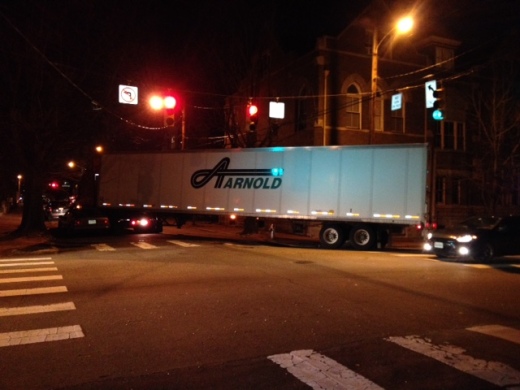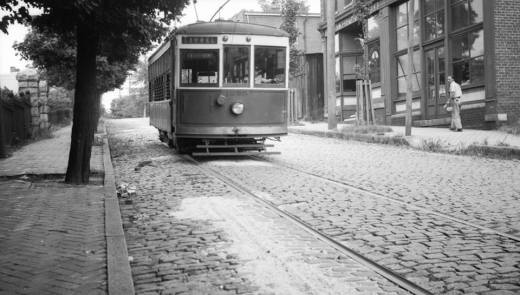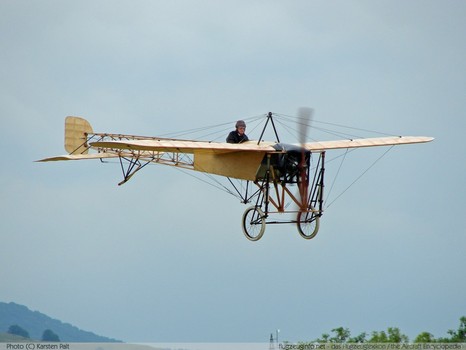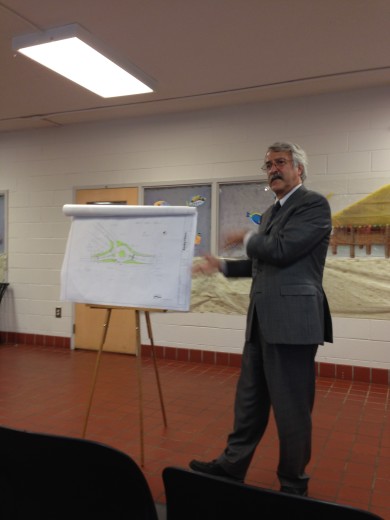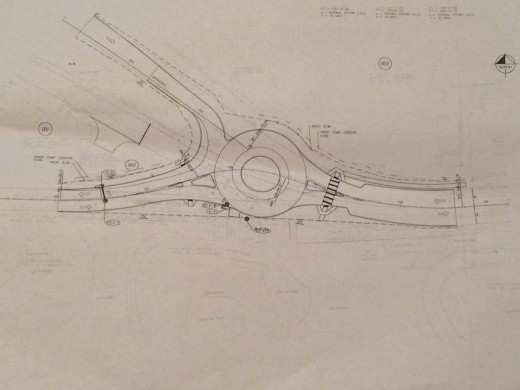Riffing off a post from three years ago, will we see a resurgence in high speed rail hopes?
This past Friday, FRA Administrator Joseph Szabo spoke Friday at a Virginians for High-Speed Rail event in Richmond.
Szabo challenged officials in Virginia, North Carolina, South Carolina and Georgia to develop a plan for service along the Southeast High-Speed Rail Corridor between Washington, D.C., and Atlanta.
And, tomorrow, there is an opportunity to advocate for better transportation. On Tuesday, June 24 from 12 noon to 6 pm, there is a PUBLIC OPEN HOUSE meeting of the Richmond Area Metropolitan Planning Organization at 9211 Forest Hill Avenue, Suite 200, Richmond, VA 23235. Planning staff from the MPO will be present at the meeting to explain the draft FY 12 – FY 15 Transportation Improvement Program (TIP) document and to answer questions. The draft TIP document, still subject to review, is posted on the Richmond Regional Planning District Commission website, www.richmondregional.org.

